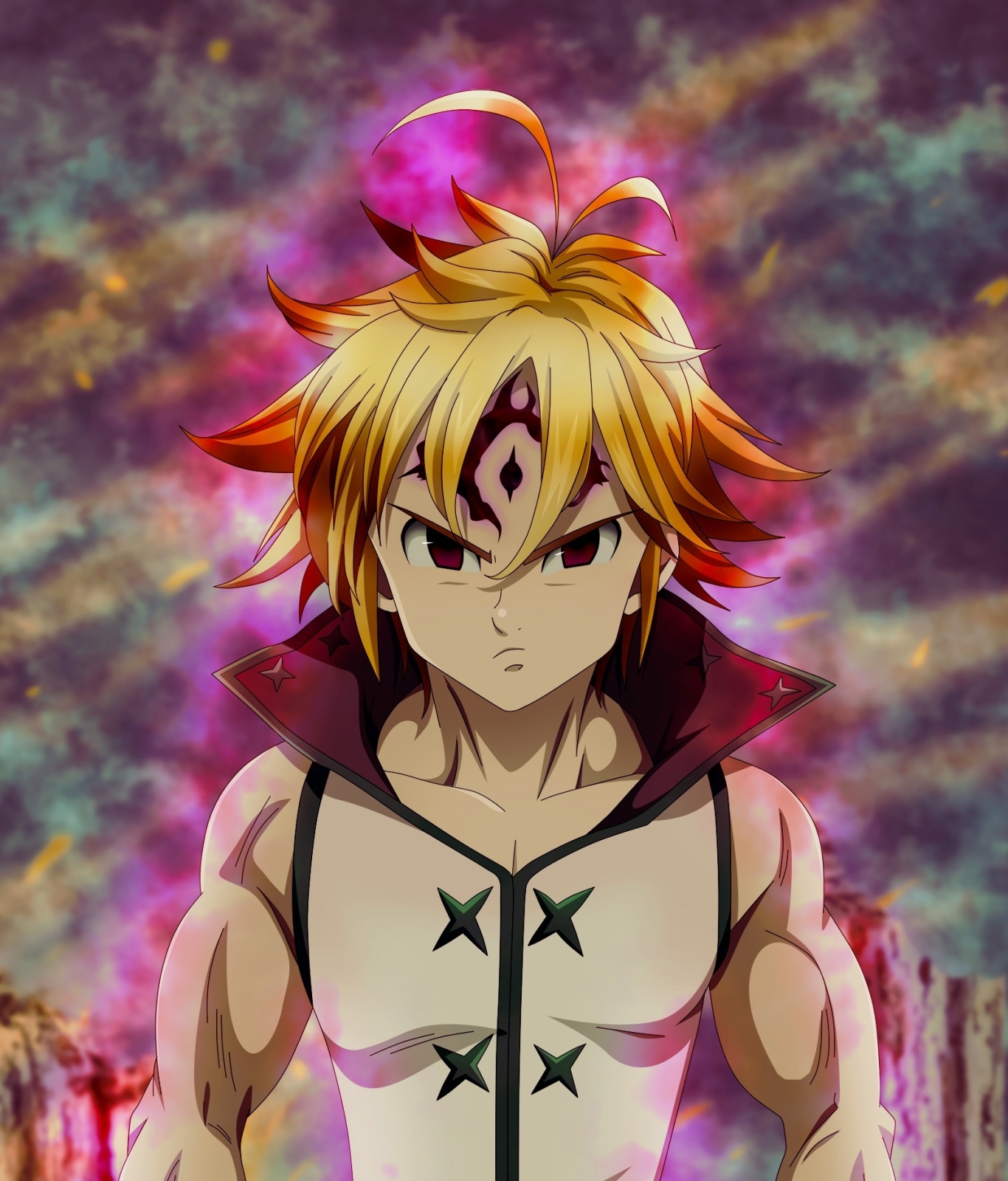


At the centre of the largest, central circle, which resembles a huge eye or a concave mirror, Christ is shown rising from his tomb as the Man of Sorrows, displaying the wound in his side. As in The Haywain ( P02052), the dismantled Pilgrimage of Life triptych and The Garden of Earthly Delights( P02823), the message conveyed by the Table of the Seven Deadly Sinsis that Hell awaits those who stray from God’s path.īosch represents the message in five circles. These three texts link God’s omnipresence with man’s freedom and the fruits of sin. According to the Latin inscription beneath him: Cave cave dus videt (Beware, beware, the Lord is watching). Yet all is not lost: Christ, portrayed in the innermost ring of the large central roundel, is ever alert.

Man, bereft of reason, seems to have set out in unbridled pursuit of the Seven Deadly Sins. The lower banderole, set between Hell and Glory, reads: Absconda facie mea ab eis: et siderabo novissia eo (I will hide my face from them, I will see what their end shall be). O that they were wise, that they understood this, that they would consider their latter end)!. The upper banderole, between the tondos of Death and the Last Judgment, reads: Gens absq silio e et sine prudentia // deutroy 32 // utina saperet itelligeret ac novissia pvideret (For they are a nation void of counsel, neither is there any understanding in them. Two banderoles, one above and the other below the central circle, contain Latin texts from Deuteronomy (32: 28-29 and 20), warning against the wages of sin.


 0 kommentar(er)
0 kommentar(er)
